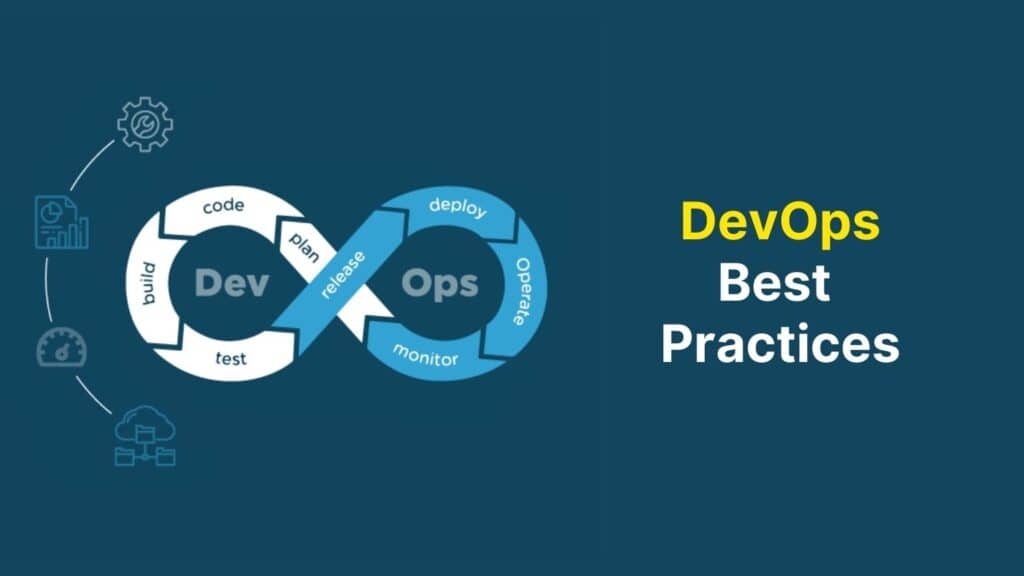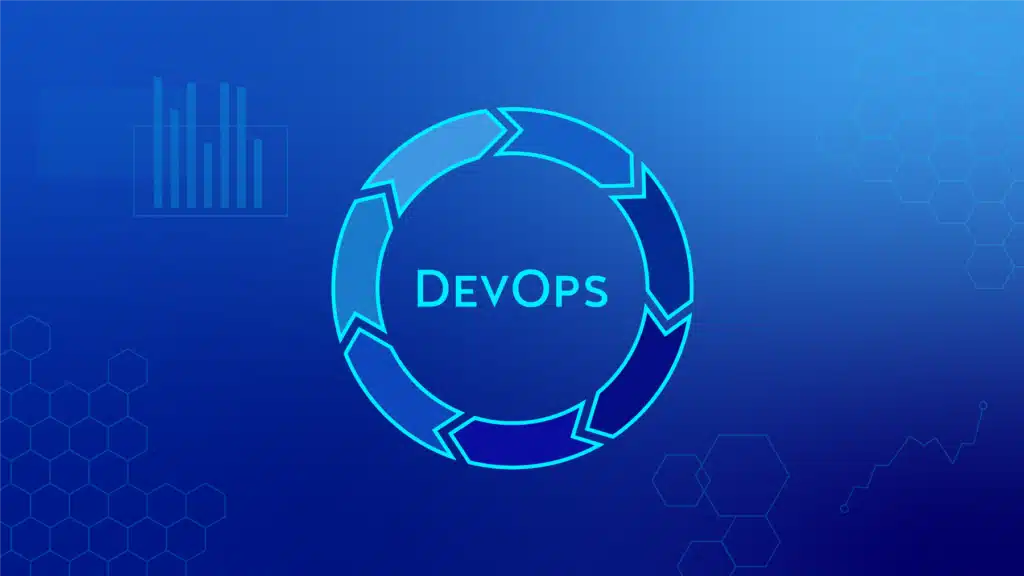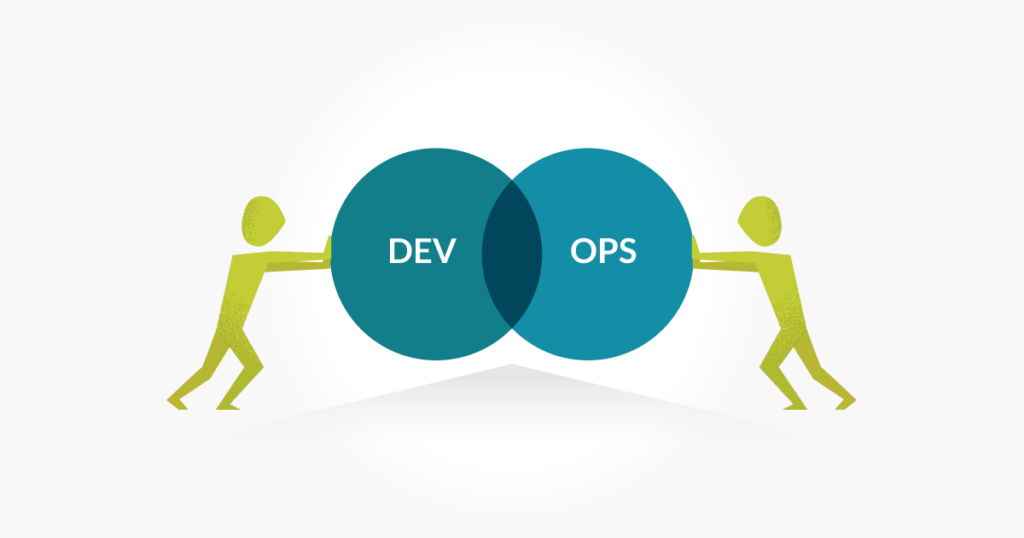DevOps is a collaborative approach to software development and delivery that emphasizes automation, communication, and continuous feedback. While there are many tools and processes that support DevOps, the success of a DevOps initiative ultimately depends on the culture and practices of the team. In this article, we will discuss some of the best practices for DevOps teams, including continuous improvement, feedback loops, and collaboration.
Contents
Continuous Improvement
Continuous improvement is a critical element of DevOps. DevOps teams are constantly seeking ways to streamline processes, increase efficiency, and deliver better software faster. One way to achieve a continuous improvement is to establish metrics and key performance indicators (KPIs) that measure the success of the team’s efforts. These metrics can include things like deployment frequency, lead time for changes, and mean time to resolution (MTTR) for incidents. By tracking these metrics over time, teams can identify areas for improvement and make data-driven decisions about how to optimize their processes.
Another key aspect of continuous improvement is the practice of retrospectives. Retrospectives are regular meetings where the team reviews recent work and identifies opportunities for improvement. During these meetings, team members are encouraged to share their opinions and ideas openly and straightforwardly. The goal is to identify issues that are hindering the team’s success and come up with actionable solutions to address them.
Feedback Loops
Another important practice for DevOps teams is the use of feedback loops. Feedback loops are a way to gather information about the software development process and use that information to improve future work. There are two primary types of feedback loops in DevOps: internal feedback loops and external feedback loops. Internal feedback loops are mechanisms that allow team members to provide feedback to one another. For example, code reviews are a common internal feedback loop in software development. During a code review, team members review each other’s code and provide feedback on its quality and maintainability. This feedback helps ensure that the code is of high quality and meets the team’s standards.
External feedback loops, on the other hand, involve gathering feedback from customers and users. This feedback can come in many forms, including bug reports, feature requests, and customer support tickets. By gathering this feedback and incorporating it into the development process, teams can ensure that they are building software that meets the needs of their users.
Collaboration
Collaboration is at the heart of DevOps. DevOps teams are made up of individuals with diverse skills and backgrounds who work together to achieve a common goal. Effective collaboration requires open communication, shared goals, and a willingness to learn from one another. One of the key ways to promote collaboration in a DevOps team is to break down silos. Silos are barriers that prevent team members from communicating effectively with one another. Silos can exist between different teams, such as development and operations, or between individuals with different roles on the team. By breaking down these silos and promoting cross-functional collaboration, teams can work more efficiently and effectively. Another important aspect of collaboration is the use of agile methodologies. Agile methodologies, such as Scrum or Kanban, emphasize collaboration, flexibility, and rapid iteration. By using these methodologies, DevOps teams can quickly adapt to changing requirements and deliver software more frequently.
Conclusion
In conclusion, DevOps is a collaborative approach to software development and delivery that requires continuous improvement, feedback loops, and collaboration to be successful. By establishing metrics and KPIs, holding regular retrospectives, and using feedback loops to gather information, teams can pinpoint places for advancement and make data-driven judgments about how to optimize their processes. By breaking down the silence and promoting cross-functional collaboration, teams can work more efficiently and effectively. By embracing these best practices, DevOps teams can deliver better software faster and more reliably.




